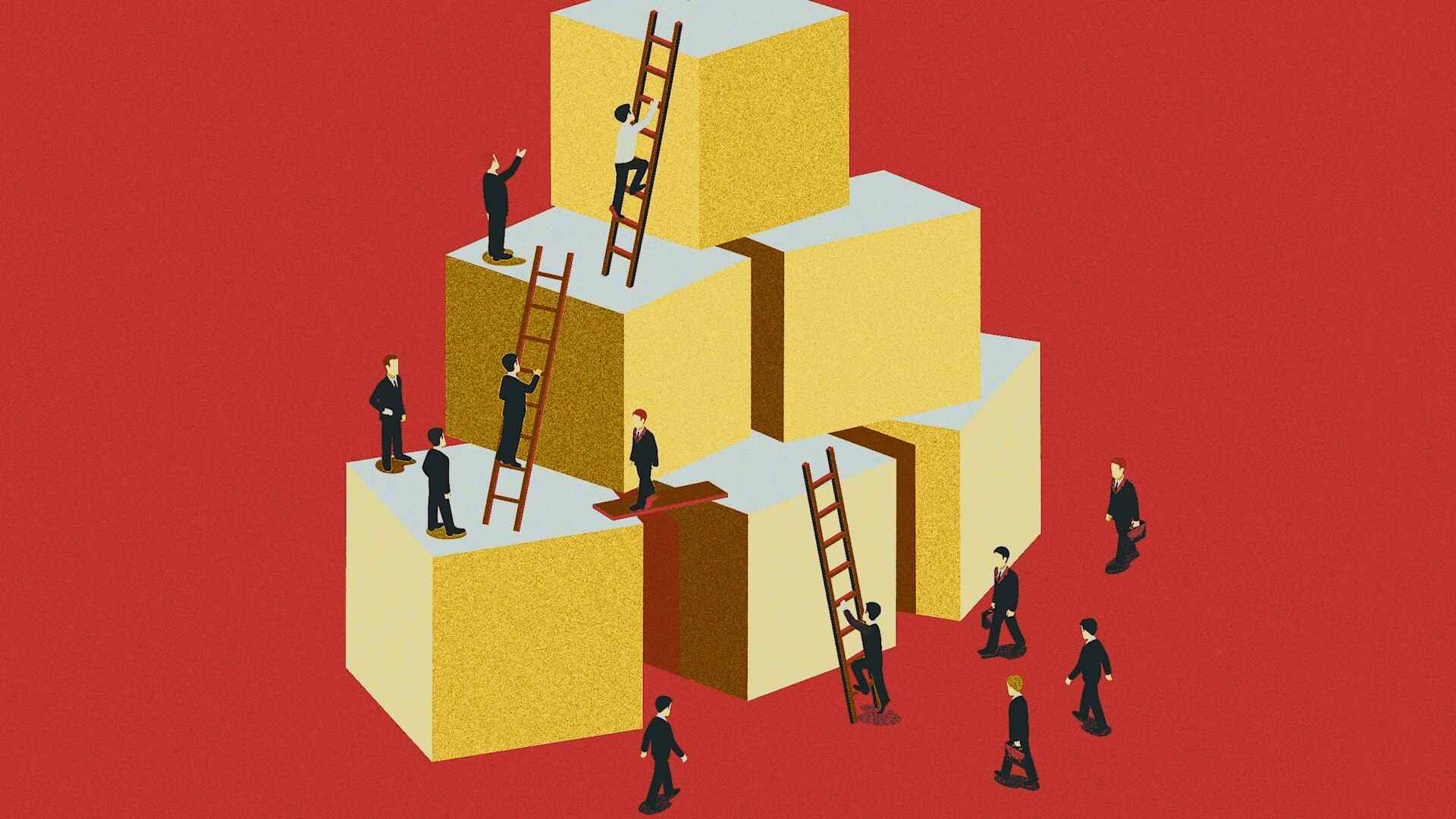- | 9:00 am
Why engineers need a seat at the leadership table, according to the CIO of Goldman Sachs
In today’s world, even a small competitive advantage can translate into a winner-take-all scenario.

In a world that is shifting towards being fully digital, software—and the engineers behind it—plays a central role in all industries. Technology has become part of every CEO’s strategic agenda. Investing in technology is necessary to achieve the highest level of client experience and maintain the agility to deal with ongoing change.
Building a technology strategy that delivers profound impact requires a rethinking of the role of engineers within organizations. I believe there is a need for a cultural shift where engineers take a seat at the company’s strategic table and are deeply embedded in the business. Creating a collaborative culture where engineers understand the “why” of the technology they are creating and can shape business decisions is not only a competitive differentiator, but a matter of survival.
It is imperative for business leaders to empower their engineers to scale their roles and responsibilities, going from the back-office of IT to the forefront of the business, meeting clients where they are, and working backwards. To act on this cultural transformation, the CEO and CIO toolbox should focus on establishing core tenets and mechanisms to reimagine the culture and processes that dictate how their engineering teams work.
BUILD A STRONG PEER CULTURE
In working with and managing engineers across industries over the past thirty-plus years, I’ve seen that creating a culture centered on mutual trust and ownership enables people to innovate when faced with complex challenges. Engineers thrive in a shared and collaborative environment, and a strong peer culture fuels high performance and raises the bar for innovation. Building communities of practices that embody specific areas of expertise and participating in peer reviews creates an environment of learning and collaboration.
When those cultural mechanisms resonate with team members, they in turn become culture carriers, creating a virtuous circle that becomes a powerful, unstoppable driver of transformation. A strong and cohesive culture becomes the foundation for consistently delivering high-quality products and services, focusing on identifying clients’ service level expectations, measuring performance against them, and being very transparent about how the company exceeds them, or falls short.
ESTABLISH CORE TENETS
In our organization, we organize engineers around shared values we call “tenets,” which serve as a guide for how our engineering community operates. Tenets are the foundation of cultural formation—not something that you hang on the wall, but something that you live by every day. Tenets are the guide when there’s not a clear solution or direction. They are a proxy of a firm’s culture in every room where discussions take place. They are an ever-evolving set of principles that engineers can identify with and contribute to.
By embedding tenets into engineers’ day-to-day work, they become an ongoing part of the conversation across all workstreams, from interviewing candidates to developing innovative solutions for clients and customers. We consider these tenets to be a living and breathing cultural foundation—a guide that continues to evolve in response to internal and external forces and change factors. To maximize their impact, it’s important to keep tenets at the forefront of the conversation, so they remain top of mind in the day-to-day work of the business.
To establish a strong set of shared principles, obsess over this question: What are the traits and beliefs that make your engineering culture unique? Then synthesize those attributes, present them to your engineers, gather feedback, and codify the responses into your team’s tenets.
CLEARLY DEFINE MECHANISMS
Core tenets provide the foundation for how a team should operate. But for tenets to positively impact your business, they must be translated into practice through clearly defined mechanisms.
Mechanisms are how tenets become actionable. They are the standardized processes that embed tenets into the ways teams operate, providing guides and guardrails that are there to support, not to constrain. Good mechanisms are owned by engineers, who become their stewards. Bad mechanisms are bureaucratic and feel like an imposition.
Mechanisms that reinforce collaboration are crucial. Positive collaboration is where participative mechanisms create a positive tension for teams to raise each other’s bars and transparently ask questions, even hard ones, in a factual, objective, and blameless way.
FOCUSING ON THE “WHY”
Developers must feel empowered to drive business outcomes and to do so, it’s important for them to understand and be involved in the “why” of the business. Historically, engineers have been focused on the last stage of the product development process: the “how.” Businesses would decide a certain product direction that engineers are asked to implement.
Today, that approach no longer works because the ability to meet clients’ demands in a fully digital world is often bound by what is technologically possible. Those who can respond to clients in a faster and more effective way, or who can extract subtle signals from enormous amounts of data, have an advantage over those who can’t. And in today’s world, even a small competitive advantage can translate into a winner-take-all scenario.
It is important to ensure that engineers understand their team’s end goal and are a part of the development process far before the execution phase, so they know what the job is to be done and what the measurable impact is on the business. This mechanism of “working backwards” from the client unifies engineers and the rest of the business, providing them with a shared logic on what to pursue: the client’s needs, opportunities, and expectations.
With this collaborative approach, developers and business teams can establish goals together and work backwards in lockstep to solve the problem, ultimately enabling better end-user experiences and superior levels of service.
WRITE THINGS DOWN
For team members to feel included, it’s important to ensure everyone’s ideas are heard. By establishing a “written culture,” you can remove many barriers to inclusion.
In the past, presentation skills and confidence have dictated impact, which can put certain groups—from introverts to those for whom English is a second language—at a disadvantage. Presenting ability should not impact the outcome of a discussion. Actionable ideas and clear mental models are what drives quality outcomes, and, in my experience, the act of writing them down is how you refine them and catalyze constructive discussions around them. When you ask someone to be a contributor or a reviewer of a paper or a narrative, they would feel empowered and included.
That simply does not happen with a PowerPoint, so I recommend that teams draft narrative memos, encouraging them to crystallize their thoughts for the audience to silently read at the start of a meeting. Reading puts people out of a confrontational mindset and into an inquisitive one. This mechanism can also ensure everyone starts with the same set of information, and discussions stay factual, respectful, and lead to better outcomes.
Ultimately, in a world that has likely already shifted to fully digital and is about to undergo an even more profound transformation driven by artificial intelligence, technology can no longer be confined to IT departments. Staying competitive in this new business and economic environment requires a complete rethinking of the role that technology, and the engineering profession plays in an organization. It’s a new paradigm where the transformation of engineering culture plays a crucial role, creating new imperatives for CEOs, centered around client centricity, constant learning, open-mindedness, inclusion, and trust.








































